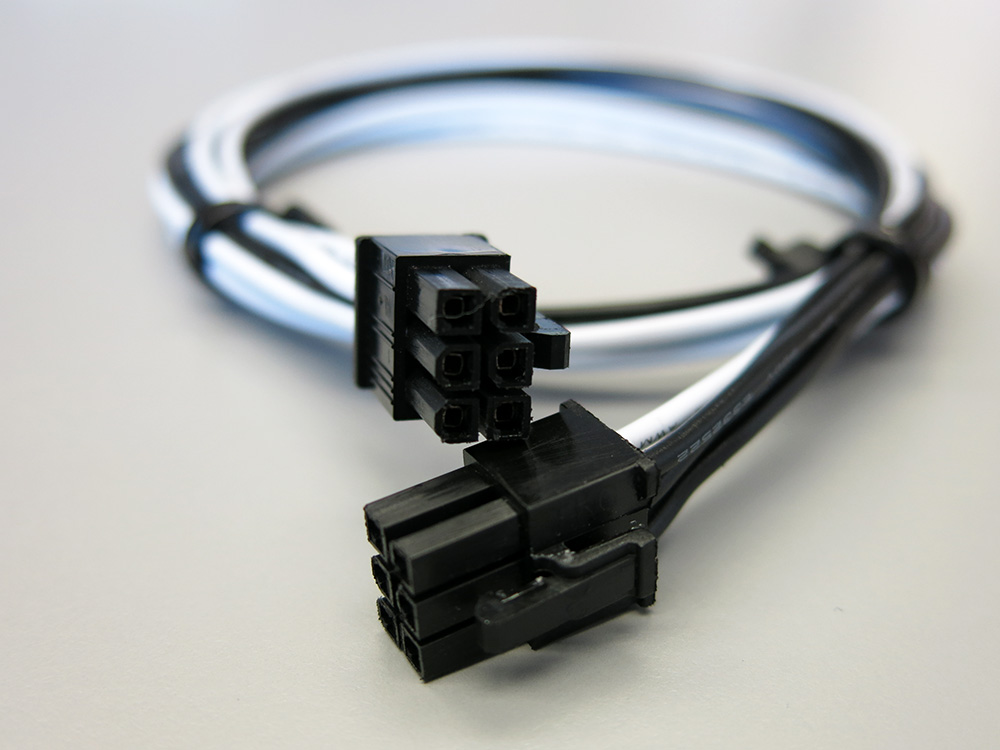

It runs on a PCIe x1 connection, which means it should max out at 985 MB/s and that’s pretty close to “10Gpbs” which is the advertised speed of USB 3.1 Gen 2. It provides dual USB-C ports, one of which will do DisplayPort alternate mode. Turns out there’s another interesting product which can do that, given a DisplayPort input. I don’t quite remember the exact order of events that happened next, but I THINK sometimes around this time in the project I learned more about USB-C alternate modes (i.e DisplayPort, for one) and the fact that the rest of our screens in the office were Apple Retina displays, which used exactly that protocol. In the end I concluded that the device was DOA, and I haven’t gotten it to work to this day (admittedly, I haven’t tried lately with the latest BIOS settings that DO work for other cards). It didn’t matter if I used coreboot or stock BIOS, no settings got it to show up. It’s the smallest Thunderbolt expansion card I could find, and has an Alpine Ridge controller in it.įor some reason, this card would just NOT appear in any kind of PCI bus / harware scan. To that end, I picked the Asus ThunderboltEX 3 card and happened to get an “open box” from Amazon for $18 (!!).

My choice of card was actually dictated mostly by the desire to fit the project entirely inside of the X210 chassis. The answers are USUALLY yes to the former, and YES for the latter but more on this later.

The second question one might ask – “You want to fit this INSIDE a laptop?” One might say – “Wait a minute, you need a compatible motherboard for this to work!”. That narrows the options a bit (Sonnet is off the table, for instance).

They come in different flavors and port combinations, but what I want is something that will do DisplayPort over USB-C as well. Kind of expensive, but the cable is shielded.Ī quick Google search will show a few Thunderbolt3 add-in cards available – Sonnet, AsRock, Gigabyte’s GC-Titan Ride and GC-Alpine Ridge, to name some. The X210 has an M.2 slot, so in theory, I should be able to use an M.2 -> x4 PCIe riser like this to make it work: Thunderbolt 3 runs on an x4 PCIe bus to achieve the often-quoted 40Gbps transfer speed, and a regular M.2 slot for an NVME drive also uses 4 PCIe lanes. Hang on to your hats – this is going to be a interesting ride, but I’m pretty sure it can be done. This page will document progress on this project and it’ll grow downwards, but I might add progress bullets at the top. Sadly, I cannot use my personal X210 with any of these goodies – yet. This was partially inspired by my workplace – it’s a very Apple-heavy environment, and as a result there are plenty of TB3 docks and a couple of LG Ultrafine displays around.
#Pci e thunderbolt add in card how to
So, I’ve made it my mission to figure out how to ADD a Thunderbolt 3 port to the X210. The X210 doesn’t even have USB-C (which the X2100 – an iteration of the former, corrects)! That’s a pretty glaring omission for a laptop designed in the past few years, I’d say. If you’re familiar with the X210 laptop or even the X2100, one of the things that you may notice is that they’re both missing a Thunderbolt 3 port.


 0 kommentar(er)
0 kommentar(er)
